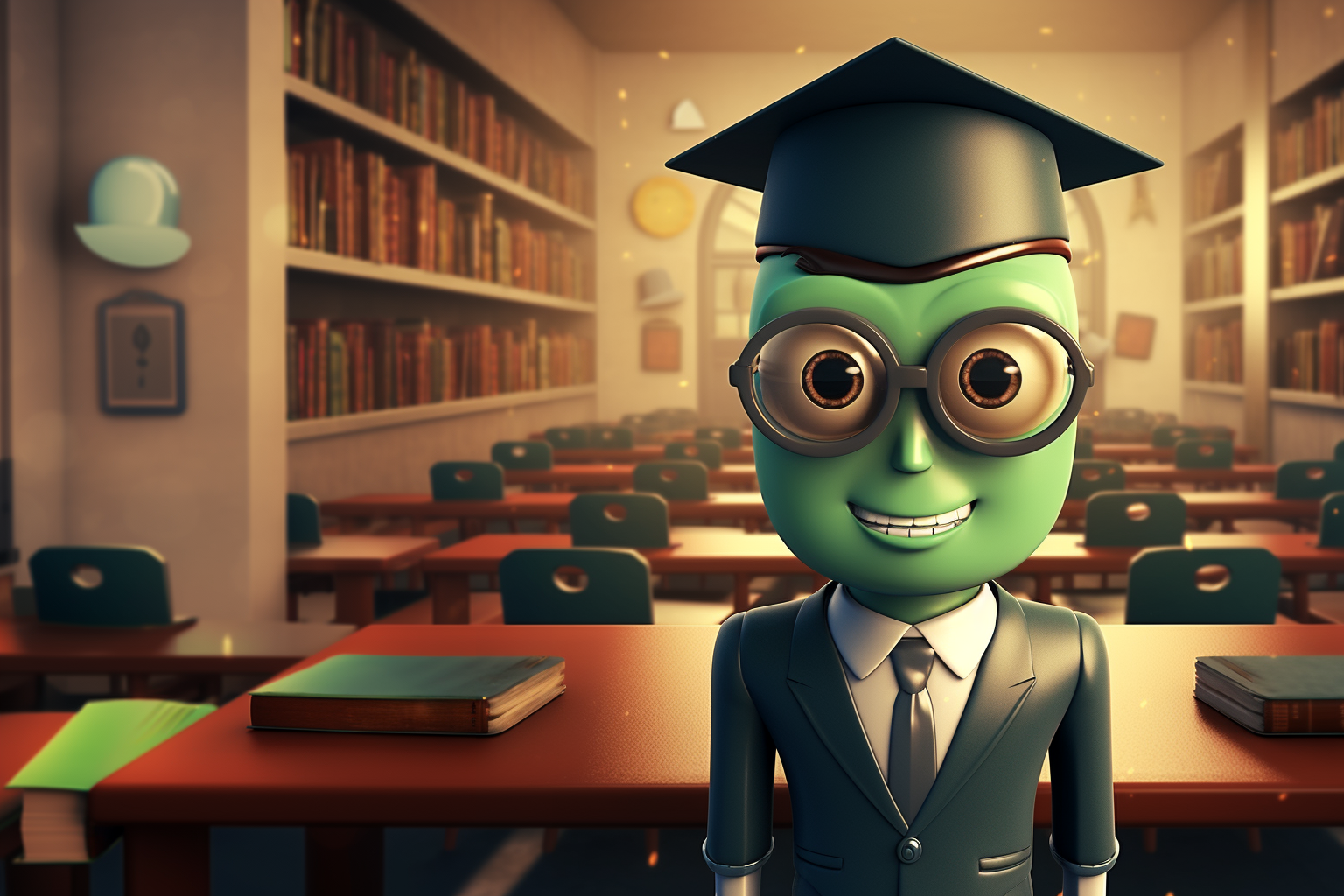
At first glance, the emergence of OpenAI’s chatgpt appeared to add problems in the field of education. But the hype has died down, and the neural network has become routine, serving as an assistant to both students and teachers. Let’s see how chatgpt is used in education.
Why It’s Important
Some call it artificial intelligence, but the reality is that this technology will make us better. That’s why instead of artificial intelligence, I think we will augment our intelligence, — Ginny Rometty. These are the words of the former IBM CEO, but time will tell.
There are, of course, challenges in this sphere. They revolve around data privacy, ethical usage, and the need for equal access to learning with new technologies. Let’s say a student wrote a term paper using the bot, blindly trusting the provided text. Firstly, they did not work on the project themselves (which is true, albeit a different problem), and secondly, the work may turn out to be unreliable. This, of course, could be avoided by using chat as an aid in writing, proofreading, editing, and verifying the information for accuracy.
How to Apply Chatgpt in Education
As one of the founders, Elon Musk, expressed it, a new world has arrived, goodbye homework. So how else can students and learners apply chatgpt in education:
- written assignments, like coursework, essays, dissertations, cheat sheets;
- solving mathematical problems, writing code;
- project visualization, generating images;
- you can ask the chat for ideas, options, for example, for advertising campaigns, scenarios, etc.;
- it can search for errors in the finished work;
- creative content, writing poems, coming up with titles.
The neural network will be useful not only to students but also to teachers. How exactly:
- help in writing curricula;
- writing various assignments for students, educational games, exercises;
- writing tests;
- translating material.
Useful Prompts for Education
The only limit here is your imagination. The rule is, the more specific the question, the more clarifying information and context, the more helpful and accurate the response. Let’s take a few useful examples. For a conscientious student or teacher preparing for a new topic:
- Write me authoritative sources on the topic;
- You can adjust the information provided, ask for more, or refine the request, add details if you’re not satisfied with the answer.
For a student, answering a question given at the end of each topic in the textbook:
- Name the positive and negative aspects of Peter the Great’s reign in Russian history.
And also:
- Suggest a few introduction options for an essay on how I spent my summer.
- Summarize information from sources or ask to turn a large text into a small one, write conclusions.
- Suggest a topic for a class hour for students of a certain class, a certain school, the more clarifying data, the better answer you will get.
Prompts for educators to create a positive atmosphere among students:
- Suggest methods for developing team collaboration among students in the class;
- Offer other options, suggest game format options for third-grade children, for example;
- Or how, for example, to contribute to a positive atmosphere in the class;
- Write 50 examples of feedback similar to “good work;”
- Suggest 10 ways to assess a student without a test or quiz;
- How to develop a group session on the topic that will assess the level of understanding of the material;
- How to prepare for a checkup on the material in a playful form.
Tips
You can use a prompt to learn a new topic, instead of entering a query into a search engine, going through links, challenge the bot with a question. It can be used for individual learning, writing for the bot to match you with tests, tasks on your topic, considering your requests, experience, knowledge.
For teachers, despite all the issues, there are also benefits. Use prompts to develop interactive educational modules for more engaging learning, as well as effective material absorption.
Most likely, in the future, education and neural networks will be merged. The bot is capable of processing large amounts of information, analyzing, drawing conclusions, and also receiving feedback. Chatgpt in education is not just a trend, an assistant, it’s a promising path to the development of educational processes in the future. Perhaps we’re on the cusp of something new and exciting.

